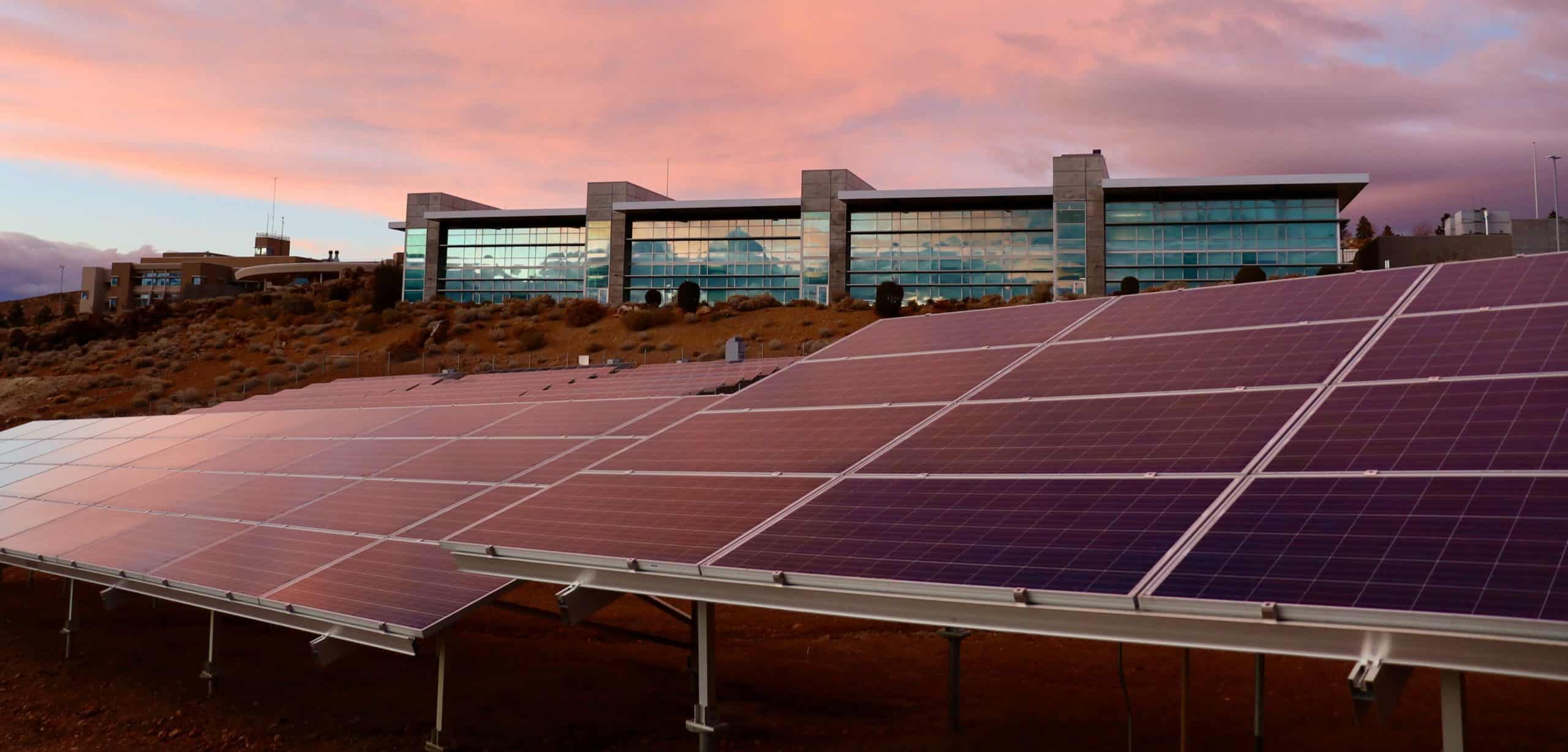Save Now, Pay Later.
With flexible payments from handypay.
Save Now, Pay Later.
With flexible payments from handypay.
Published

I thought we would talk about solar systems and bushfire and other things we can do to mitigate risk during our bushfire seasons.
Having been dealing with homes and solar systems and in the past I have had to protect properties from bushfires I thought I would put together some observations and advice for homes to follow if they are ever endangered by bushfire.
Now first things first. Stay abreast of your situation. Have escape routes plans. Listen to advice from emergency services and make your decision to leave earlier than later. When your are surrounded by fire your options become severely limited. Property and things can be replaced or rebuilt but you cannot be. There is a phone app called fires in my area which might be a good help for a bit of a heads up but I wouldn’t rely on any technology in these situations as these are generally the first things that fail.
What are the first things that we tend to lose in bushfire?
Water and electricity.
If you are on town water this tends to disappear quite quickly as the first few peoples plastic pipe work which is damaged by fire will gush water everywhere and this will rob the flow of everyone else's water supply.
Electricity is generally on power poles and these are quite quickly brought down by fire and the end result of this is people may have water in tanks but no electricity for their pumps means they cannot get it out. It also can cut of communication as well.
Most peoples solar systems these days are grid connected so they will stop working as soon as the grid power is lost but those panels on the roof will still be live. This means there is an electrical hazard. It’s only a minor one during fire but it does exist. Not much to be done hear except turn off the isolators which will be either on your inverter or next to the inverter. One of the benefits of our SolarEdge system we sell is as soon as the grid goes down and the inverter turns off it automatically removes all the high DC voltage from the roof making everything touch safe. It’s during times of emergency the SolarEdge safety functions really come into their own and we have bonafide examples over our long experience with this product where it has done everything we could have asked of it.
Basically from an electrical perspective there isn’t a lot to be done with the majority of solar systems. Here is the real issue with solar systems on roofs.
Leaf and bark litter under the arrays. If you live out near the bush or have a lot of trees on your property you can have over time quite a build up of combustible materials underneath the panels. This isn’t good at the best of times but during an ember attack that we see in major fires it can be the difference in losing your house or saving your house. Make sure underneath your panels is clean. Having been in an ember attack I cannot begin to tell you how anything that can catch fire will catch fire. While your up there doing that give your gutters clean out as well.
Roofs by their very nature tend to resist fire quite well to a degree and when roof fail during a fire it is generally a secondary penetration that fails. It might be the rubber boot or deceive around a flue or a stink pipe. Or as born out of investigations free the Victorian fires where so many people and homes were lost those Perspex dome skylights. These are a plastic bubble which funnel the light into the home and a great way lighting up for free darker areas of the home. Unfortunately during an ember attack they can funnel hot coals into the home as well as the embers can melt through the Perspex cover. If you can cover those with non combustible items like sheet metal or keep them wet you should reduce the risk.
Just think about it, it’s raining hot stuff onto your home and where it could sit and start a fire. Drop a tennis ball in your downpipes and fill your gutters up with water. Keep vegetation and combustibles away from your home. You need a defensible zone around your house because as mentioned before during an ember attack anything that can catch fire typically will catch fire.
Hopefully no one needs to worry about any of what we have talked about this fire season but chance favours the prepared mind or in this case the prepared site.
With Climate Change nearly to the point where it's going to be not reversible for generations these conditions unfortunately are going to be more common than not and are going to have to be a part of how we adapt to the new reality.
If you have any questions form an electrical perspective about preparing for bushfire feel free to call us 1300 502 599 or drop us a line on Facebook.

Simple, Low Rate Green Loans

Introducing award winning finance provider, Handypay, to bring you the most Competitive, Flexible and Versatile finance solution available in the home improvement industry today!
We have partnered with Handypay so customers can access a simple, affordable green loan for their solar panels and home batteries. Get a no-obligation quote and pre-approval in minutes, not weeks.
DMS Energy strives to Honestly, Ethically and Accurately assist Tasmanians to meet their energy reduction goals.
DMS Energy have advised countless locals on the right energy solutions for their home’s and business’s.




DMS Energy are not your typical energy efficiency salesmen! We are long time locals offering expert advice on solutions that are tailored to your individual needs. Talk to one of our experts today.